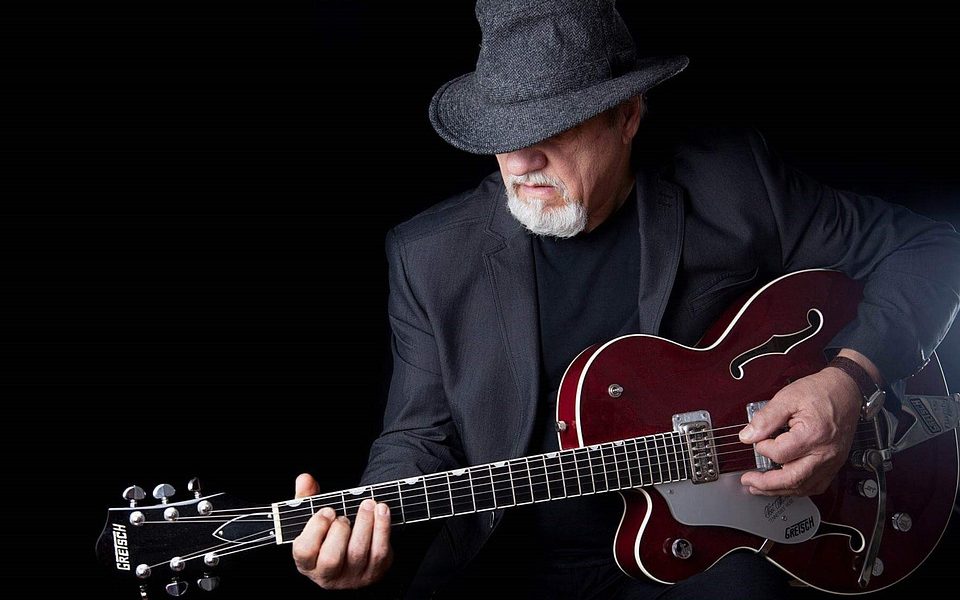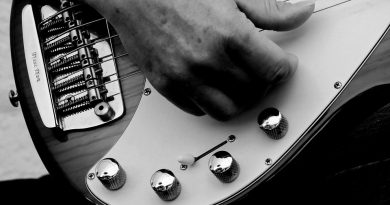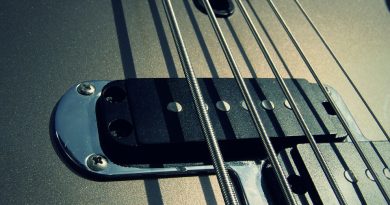Mastering Distorted Chords: A Comprehensive Guitar Chords Guide
Mastering Distorted Chords: A Comprehensive Guitar Chords Guide
Introduction
Distorted chords are an essential element in rock, metal, and other heavy music genres. They add power, energy, and aggression to a song, making it stand out and grab the listener’s attention. Mastering distorted chords can take your guitar playing to the next level and help you create a unique sound that sets you apart from other guitarists. In this comprehensive guide, we will explore different types of distorted chords, techniques to play them effectively, and tips to master them like a pro.
Understanding Distorted Chords
Distorted chords are created by applying distortion or overdrive to the guitar signal. This effect saturates the sound, adding harmonics and compressing the dynamics, resulting in a thick, aggressive tone. Distorted chords are commonly used to create heaviness, crunch, and grit in music styles like rock, metal, punk, and alternative.
Types of Distorted Chords
1. Power Chords: Power chords are the most common distorted chords used in rock and metal music. They consist of the root note and the fifth interval, making them perfect for heavy riffing and chugging. To play a power chord, simply fret the root note on the low E-string, skip a string, and play the fifth interval on the next string. Add distortion for a massive, crunchy sound.
2. Barre Chords: Barre chords are versatile chords that can be played with a distorted tone for a full, powerful sound. To play a barre chord, fret the root note with your index finger on the low E-string, then barre the rest of the fret with your ring finger. Add distortion and strum all strings for a thick, aggressive sound.
3. Drop Tunings: Drop tunings are a popular technique in heavy music genres to achieve a lower, heavier sound. By tuning the low E-string down a whole step or more, you can play distorted chords with a deep, rumbling tone. Experiment with drop tunings like Drop D, Drop C, or Drop B to create unique distorted chord progressions.
Techniques to Play Distorted Chords
1. Palm Muting: Palm muting is a technique where you lightly rest the side of your picking hand on the strings near the bridge while playing chords. This creates a tight, percussive sound that is perfect for heavy riffing and chugging. Practice palm muting with distorted chords to add dynamics and definition to your playing.
2. Alternate Picking: Alternate picking is a picking technique where you alternate between downstrokes and upstrokes while playing chords. This technique helps you play distorted chords with speed and precision, making them sound tight and aggressive. Practice alternate picking with distorted chords to improve your rhythm and timing.
3. Vibrato: Vibrato is a technique where you bend the strings back and forth while holding a chord to add expression and emotion to your playing. With distorted chords, vibrato can add intensity and character, making them sound even more powerful and aggressive. Experiment with different vibrato techniques to enhance your distorted chords.
Tips to Master Distorted Chords
1. Start Slow: When learning distorted chords, start slow and focus on playing them cleanly and accurately. Gradually increase your speed as you get more comfortable with the chord shapes and techniques. Practice with a metronome to improve your timing and rhythm.
2. Experiment with Different Settings: Distortion pedals and amps have different settings that can drastically change the sound of your distorted chords. Experiment with the gain, tone, and volume controls to find the perfect balance for your playing style. Try different combinations to discover new tones and textures.
3. Listen to Your Favorite Guitarists: Study the playing of your favorite guitarists who use distorted chords in their music. Pay attention to their tone, technique, and chord progressions to learn new ideas and approaches. Try to emulate their sound while adding your own unique twist to create a signature sound.
Conclusion
Mastering distorted chords is essential for guitarists who want to excel in rock, metal, and other heavy music genres. By understanding the different types of distorted chords, techniques to play them effectively, and tips to master them like a pro, you can elevate your guitar playing to new heights. Experiment with power chords, barre chords, drop tunings, palm muting, alternate picking, vibrato, and different settings to create your own unique sound and style. Practice consistently, listen to your favorite guitarists, and have fun exploring the world of distorted chords. Your guitar playing will thank you for it!






